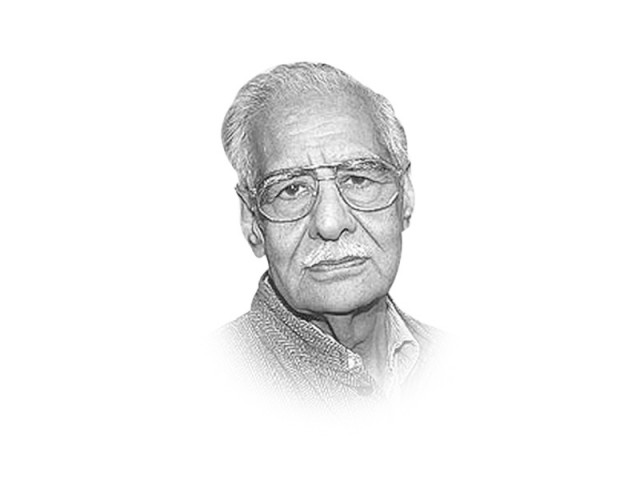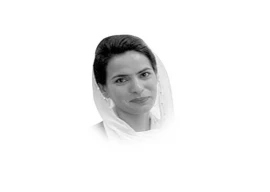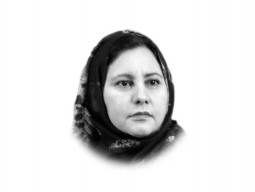
The general seems to have spilled the beans on the Indian defence’s unpreparedness. Instead of finding out why the armed forces failed to acquire the much-needed equipment, the government’s attention is concentrated on locating the media man who was able to pry into top secret papers and disseminate the leaked information.
The armed forces are like a sacred cow. No one in India, the media nor the political parties, comment on military affairs. We think that it is not in the interest of the country to say anything derogatory about it. We feel that even a limited criticism may demoralise the armed forces.
As a journalist, I feel proud that someone from my fraternity had the contacts to reveal what the general wrote in secrecy. A media person is a communicator and it is his or her duty to inform others about what happens behind the scenes. The journalist who has the courage to disclose any such information to his fellow countrymen should not be punished for doing so.
Free information is essential in a free society because it evokes free response. India’s first prime minister, Jawaharlal Nehru, said: “I would rather have a completely free press with all the dangers involved in the wrong use of that freedom than a suppressed or regulated press.”
Indeed, the unedifying controversy between General VK Singh and Defence Minister AK Anthony has exposed the system and those who occupy the domineering positions. Nearly all former top-brass members in the armed forces have taken the general’s side and those of the civil force have taken the minister’s side. Now, the debate has been reduced to a confrontation between civil and military forces.
The entire gamut of discussion is the stand taken by the general and its denial by Anthony. That both sides have mishandled the situation is an understatement. It looks as if the two have been going out of their way to hurt each other. Some of the observations made by ex-army officers smack of Bonapartism, which they should realise does not fit into the parlance within a democratic system.
Officials working in the defence ministry and the military headquarters are public servants, whether they belong to civil or military divisions. One cannot and should not try to score points against the other because this is harmful to the country. Both have been yoked to the same chariot and must walk in tandem to take it forward so that the armed forces are in fine fettle.
The matter of substandard equipment or not procuring the weapons in time is the fallout of petty differences between top civilian and military officials. They stand on false prestige and delay the supply of much-needed weapons. India lost the 1962 war against China because it fought with substandard equipment which should have been discarded much earlier. Then prime minister Nehru was not aware of this deficiency. Now, current Prime Minister Manmohan Singh has also been kept in the dark.
The letter by the general which was leaked out is categorical about the delay in the procurement of equipment. The general says in his letter that the artillery and tanks that make up the backbone of those formations are near-defunct and the air defence systems protecting them are obsolescent. The letter talks about depleted ammunition for tanks, inadequate air defence weapons and the infantry possessing outdated weaponry. That the enemy has come to know our deficiencies is no reason for closing the stable after the horses have bolted. The fault is unpreparedness, not its disclosure.
Published in The Express Tribune, April 7th, 2012.















COMMENTS
Comments are moderated and generally will be posted if they are on-topic and not abusive.
For more information, please see our Comments FAQ